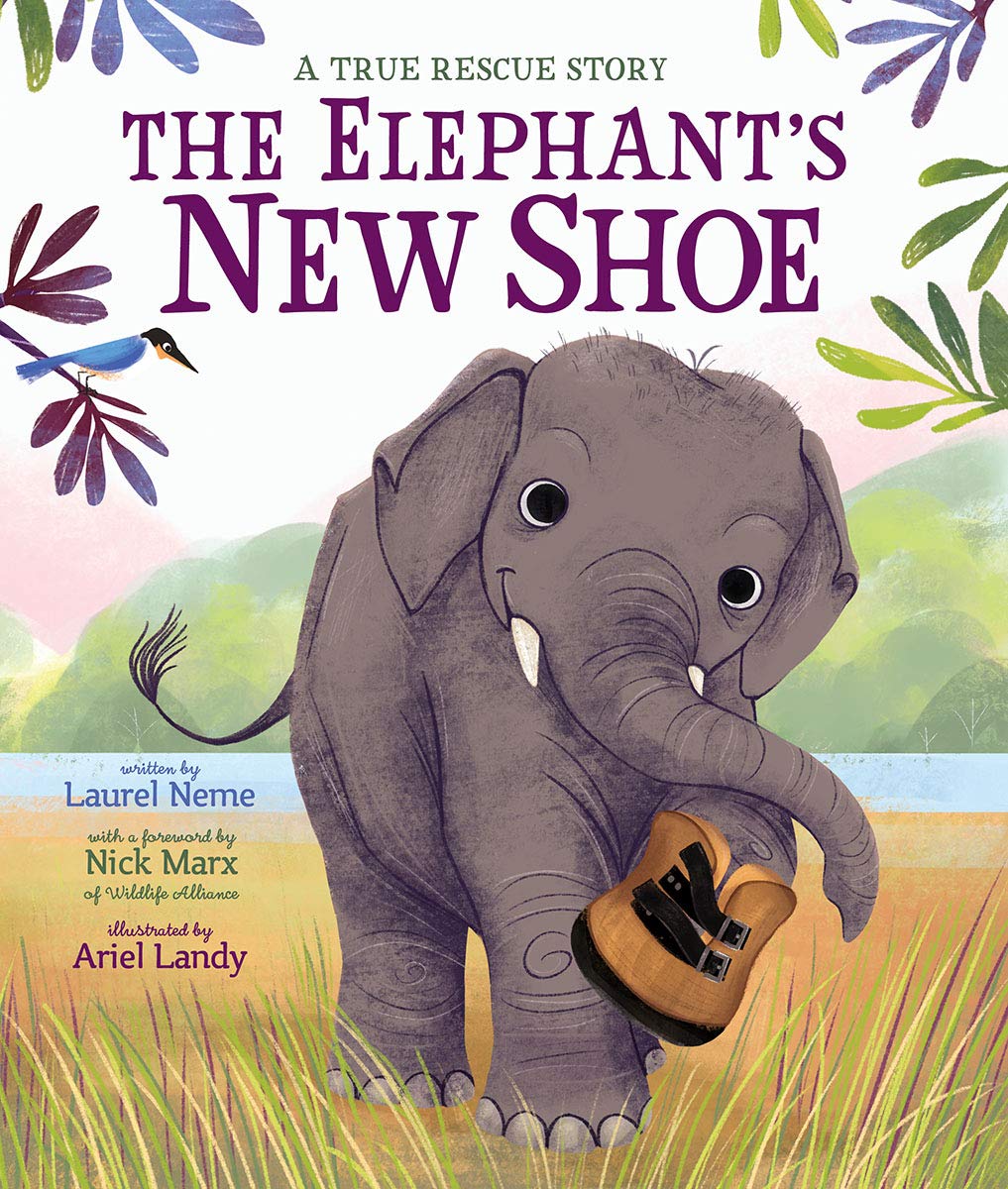Now that we are well into the new year, I’m posting my best of 2020. It’s a short list. The best book of 2020 is a fellow Pensters Writing Group member.
Looking for a sweeping generational women’s epic written in verse by a woman? Little Gears of Time, by Susan Martinello is a literary tour de force, an epic of the American story from a woman’s perspective. Based on Martinello’s family, it is Homerian in its breadth and language and is an odyssey of mothers and daughters spanning many generations and taking place between continents and across oceans.
With family trees, maps, and illustrations as our guides, Martinello tightly winds mothers and daughters using personification, letters, history and memoir with a watch, an artifact that comes to represent oppression, imagination and identity.
In Martinello’s exquisite and affective poems we embrace, are emboldened and empathize with these women. As with other great epic’s the world is a stage and as the characters and their experiences play out Martinello’s writing leaves readers yearning for more.
And of course in a special category is Stump’s Favorite Amputee book.

The Elephant’s New Shoe: A True Rescue Story, by Laurel Neme, Illustrated by Ariel Landy, Foreword by Nick Marx
While these books are fantastic I was proud to publish three books of my own last year. Available to read for free are The Cape Cod House and Architectural Studies: Montgomery Hill Baptist Church and Bayside Academy. I’m very pleased with the success of Clay City Tile: Frank Brown and the Company that Built Fairhope. It’s a local history book that I enjoyed writing and continue to research. I have another order of Clay City books arriving later this month. I post news and information here.
2021
You probably didn’t even notice, but I’ve deleted my Facebook, Instagram and Twitter accounts. This is not political. It’ personal. I don’t like calling it a New Year’s resolution, but after deactivating several times last year and not missing it or the anxiety that goes along with it, I’ve deleted the accounts. Hopefully, it will work as well as last year’s food choices. Except for a few weak moments during the pandemic and after the hurricanes, we have been able to stick with and really embrace our new menus. As Sue says, “If it walks on land we don’t eat it.” Even though I’m no longer on social media I’d love to hear from you. Send me an email, Want to talk? I’m not hard to find online or in person. Feel free to share my writing with your followers. Instead of posting on social media, I typed a thank you note to the mayor. On paper. Using my Royal Quiet De Luxe typewriter. I put it in an envelope, slapped a stamp on it and put it in the mail. I will be doing more of it in 2021.
Career-wise, I’m still working at Coastal Alabama Community College and writing for the monthly community magazine, Fairhope Living. I’m thankful to serve students face-to-face and glad to have the opportunity to write about my home town.
Remembering Steve
Today is the second anniversary of my brother Steve’s death. It’s rare that a day goes by that I don’t think about him. Here’s to Steve. Nostrovia! To your Health in 2021.






